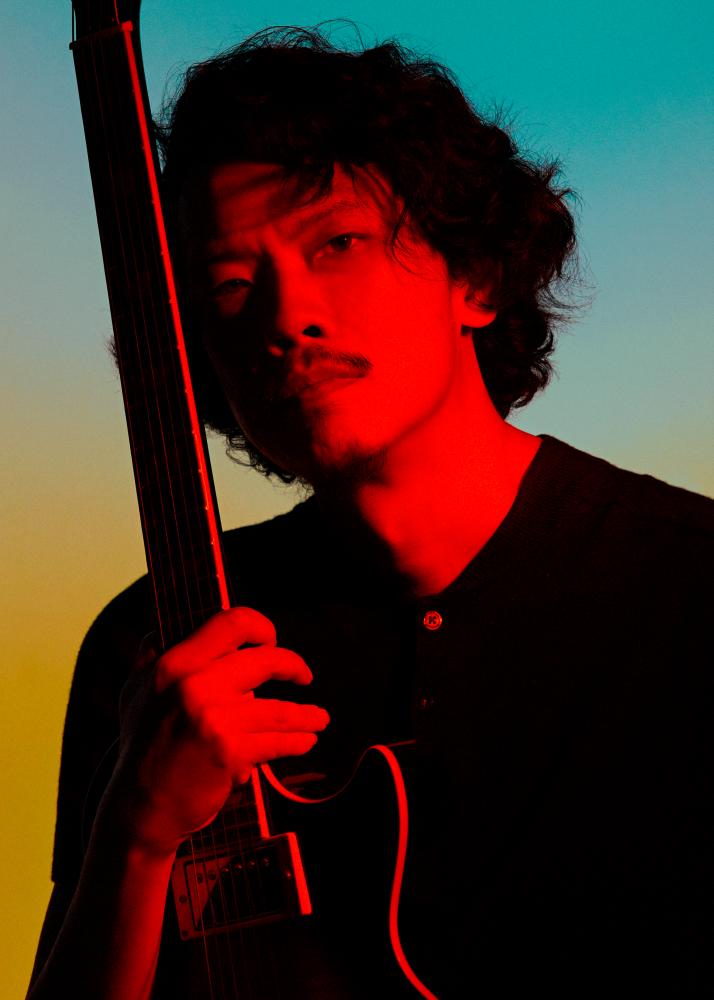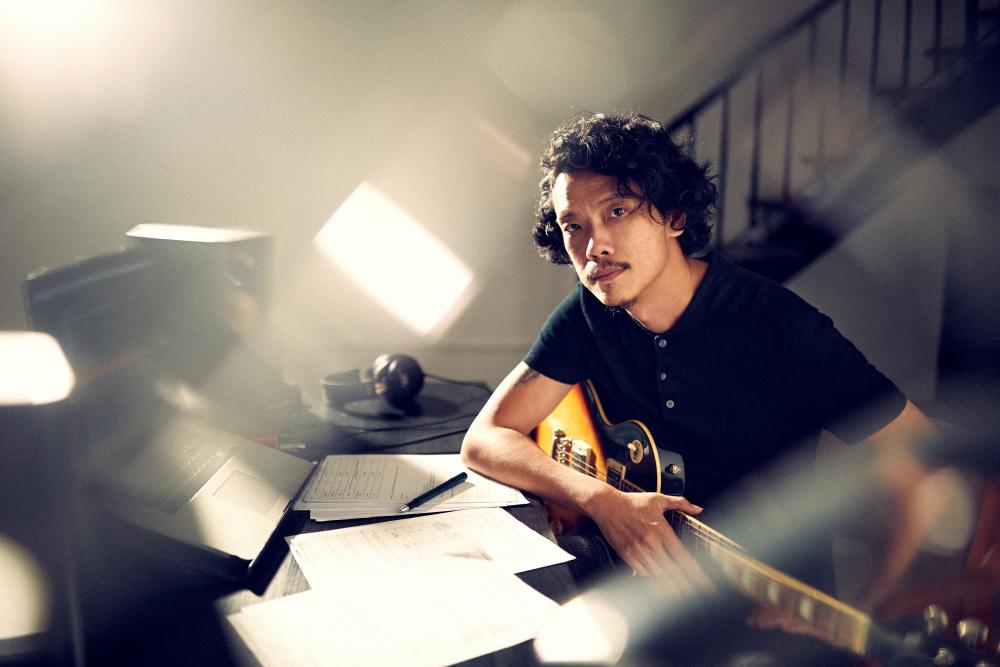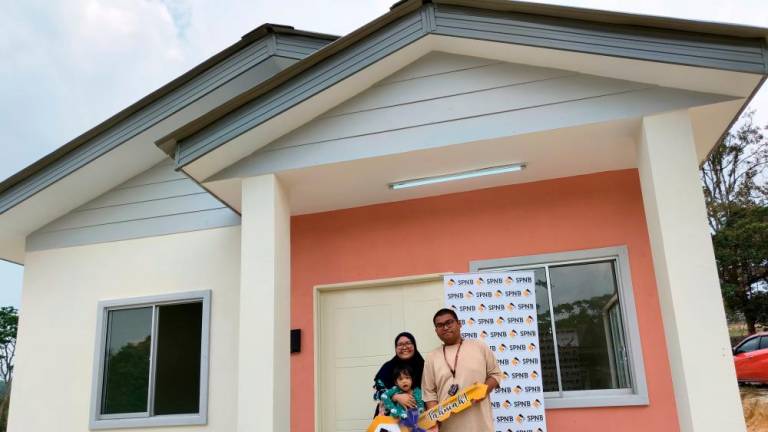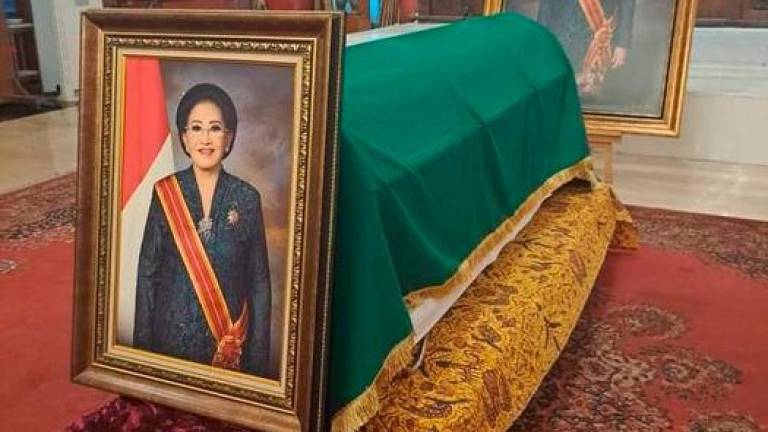LIKE many twentysomethings, Alvin Seah was at a career crossroads. One path would lead him to his passion, music. The other would lead him to commercial art.
The decision weighed heavily on him.
However, despite his resolve to grow in his profession, the music never left him. Ever since he was a kid, Alvin had been experimenting with different types of music, with the bleeps and bloops on a PC from back when it ran on floppy discs.
In his early years, Alvin would fool around with his home PC. He remembers working with MOD, a digital music format that is even older and more primitive than MiDi. And that sense of wonder and curiosity never left him.
Nowadays, he has moved on to using a DAW (Digital Audio Workstation), filters and effects software of a modern computer, along with an electric guitar.
“I worry and I think a lot. Music became a creative outlet and a therapy for my anxiety,’’ said Alvin.
As a creative director at ASTATICA, a visual effects and animation studio, Alvin has to create based on clients’ instructions, and see his creations moulded by someone else’s ideas. So music began to be his open canvas without boundaries.
His perfectionist attitude thrived where he could control every note. But the music that he made was not out of anger, anxiety or fear. To his surprise, it was not a vent. Instead, it healed him.
The pandemic gave him a chance to do more.
It was during this time that Alvin began to learn more about the ins and outs of using hardware and software to make music. What he wanted to do was to make ambient music.
In 1978, Brian Eno pioneered the term ambient music with Ambient 1: Music for Airports.
“Brian defines ambient music as ignorable as it is interesting,” said Alvin.
It can also be defined as instrumental, atmospheric songs that lack a defined structure. It uses textural layers of sound. It can be unobtrusive and playing in the background, or a listener can focus on it and enjoy its complexity.
This is the type of music that Alvin wanted to make, ambient guitar and post-rock. And in step with his profession as a visual artist, he does not just play the music, he paints soundscapes with them.
His influences came from bands such as Hammock, The Album Leaf, Balmorhea and Russian Circles.
It was also during this time that he came up with the name and concept for his music: ANGQASA.
Although Alvin has yet to release anything in the mainstream, his music can be discovered on SoundCloud under the name ANGQASA. There, listeners can witness how his two arts merge into one and experience his music for themselves.
By design, the music that Alvin makes can be enjoyed on a pair of headphones while relaxing on a couch or be played on speakers in the background while working on the computer. It fills up space and paints a scene.
To raise his profile, Alvin has also performed live on Clubhouse, with his audio interface and electric guitar. It is like busking, but without the guitar case for tips. People would come into his room out of curiosity and some would leave. Slowly, his audience grew.
Alvin admits that the amalgamation of his music and art was unintentional, but on hindsight, natural. He also has newfound ambition with making music videos, animation or a loop to go with his music.
He occasionally collaborates with Roy Sim , a fellow songwriter and childhood friend. He is also seeking other music or art collaborators, with plans to release a full length album by the end of the year.











